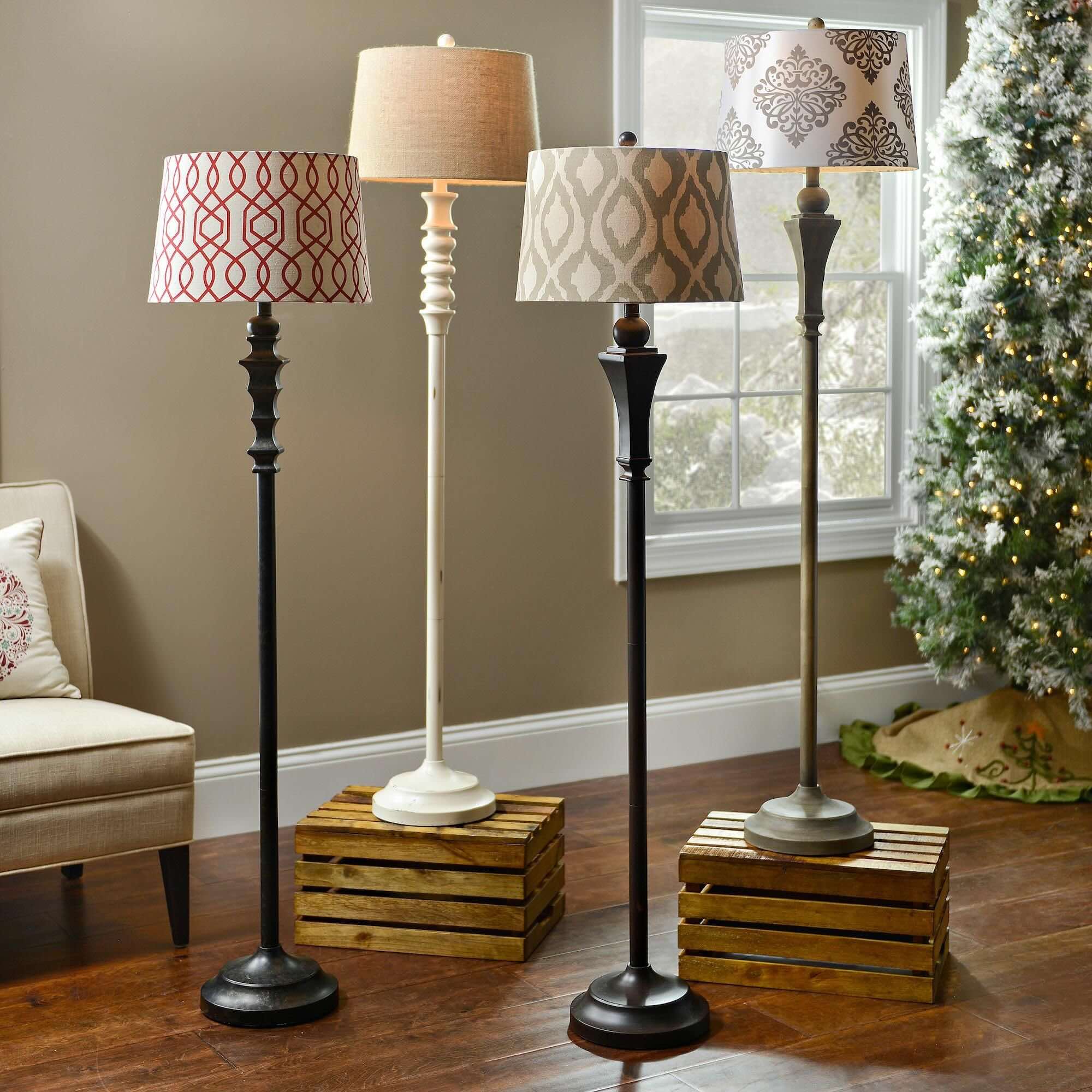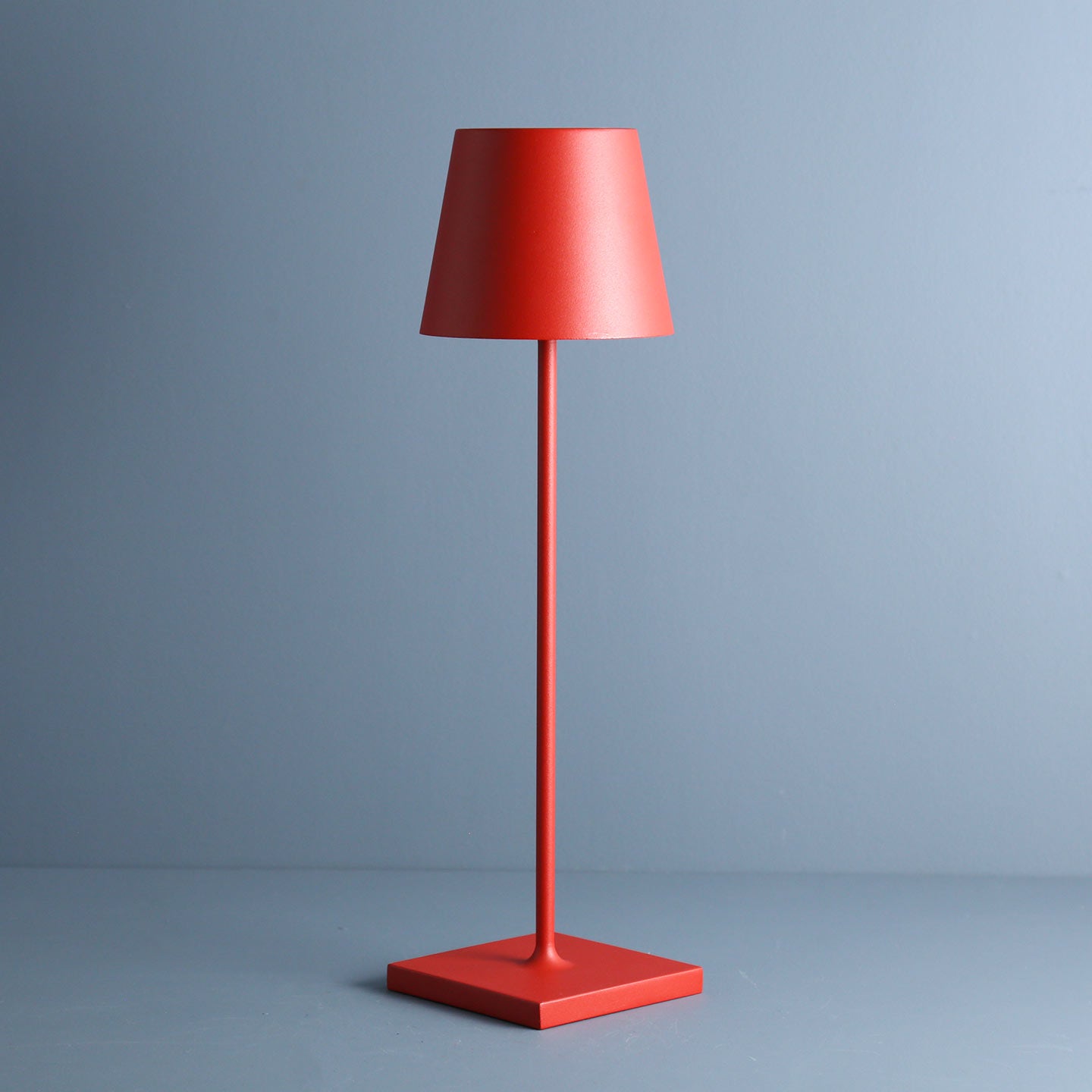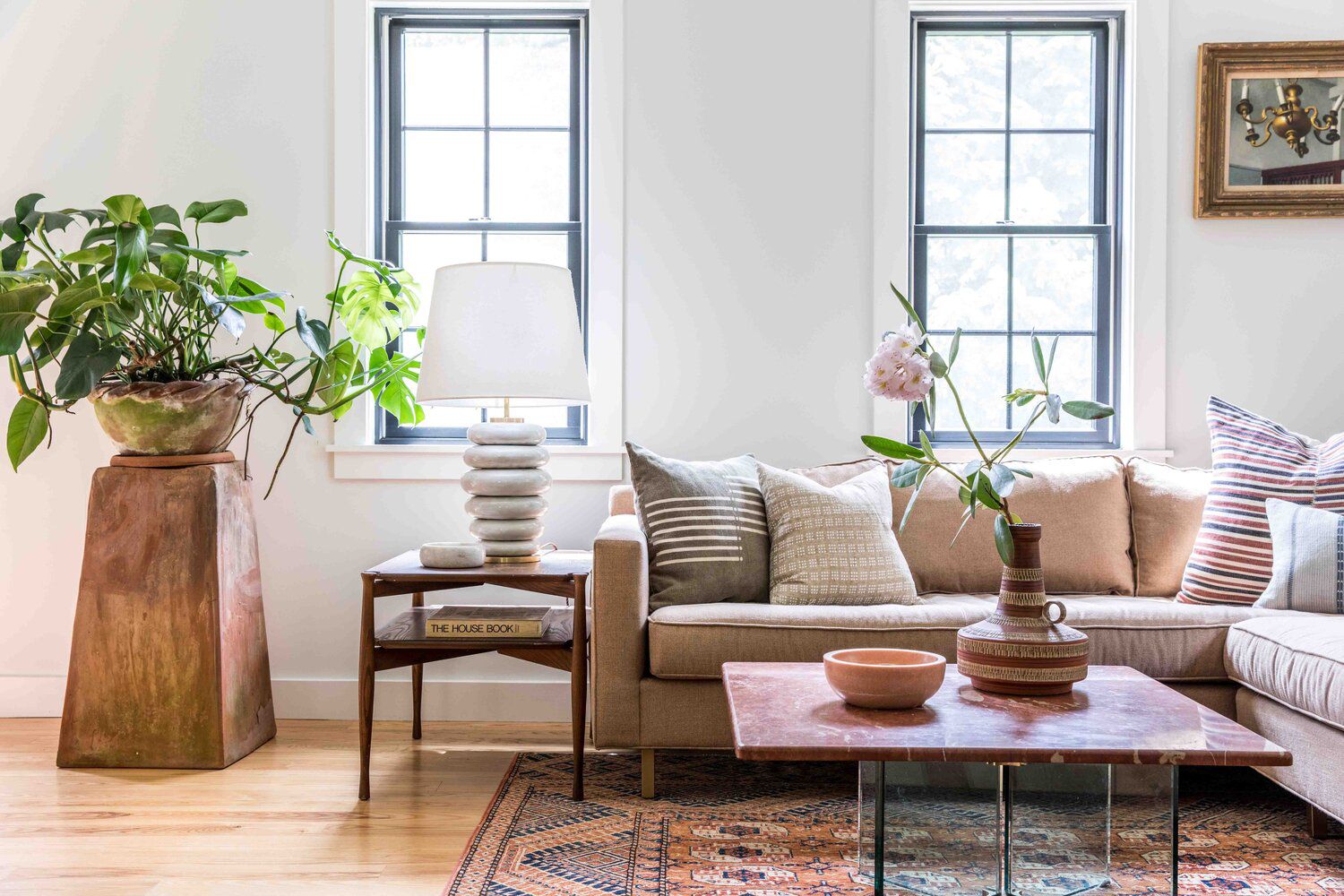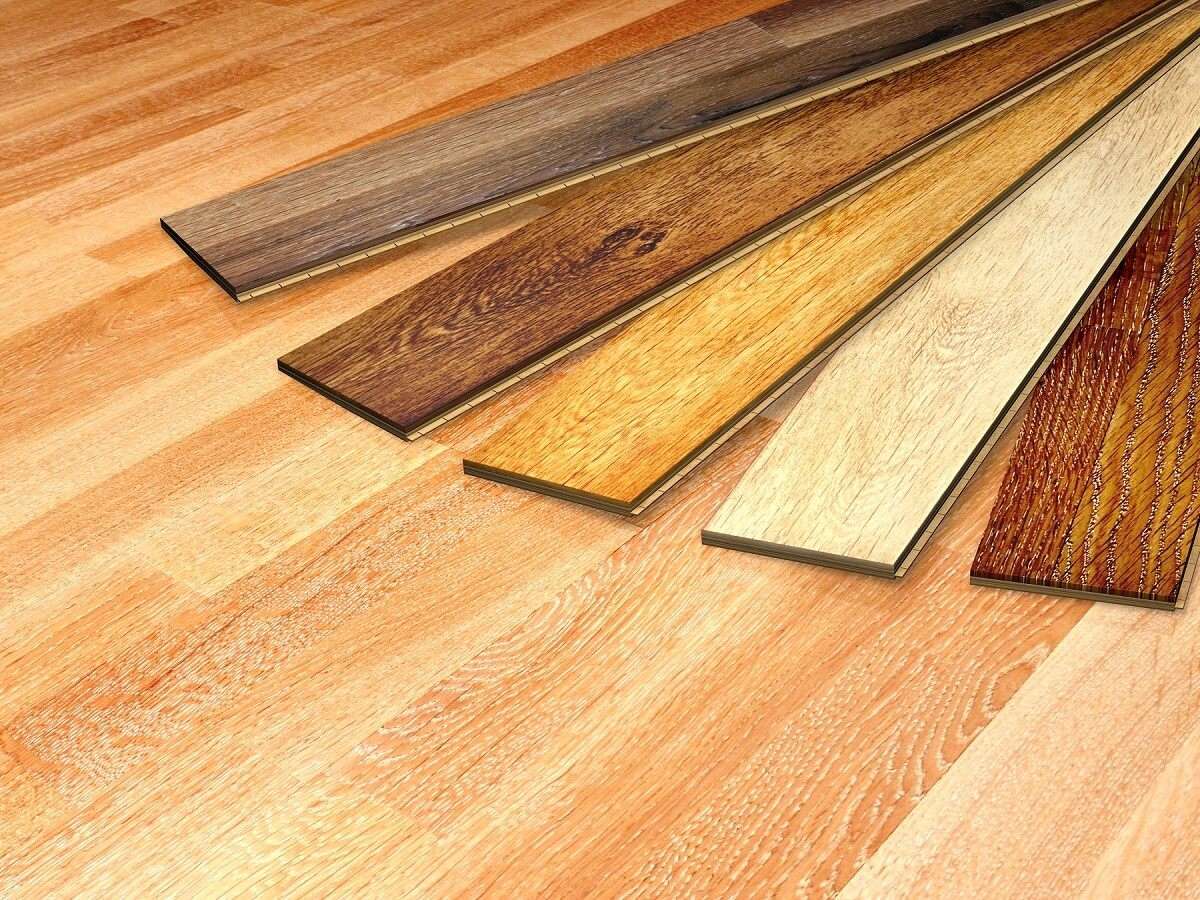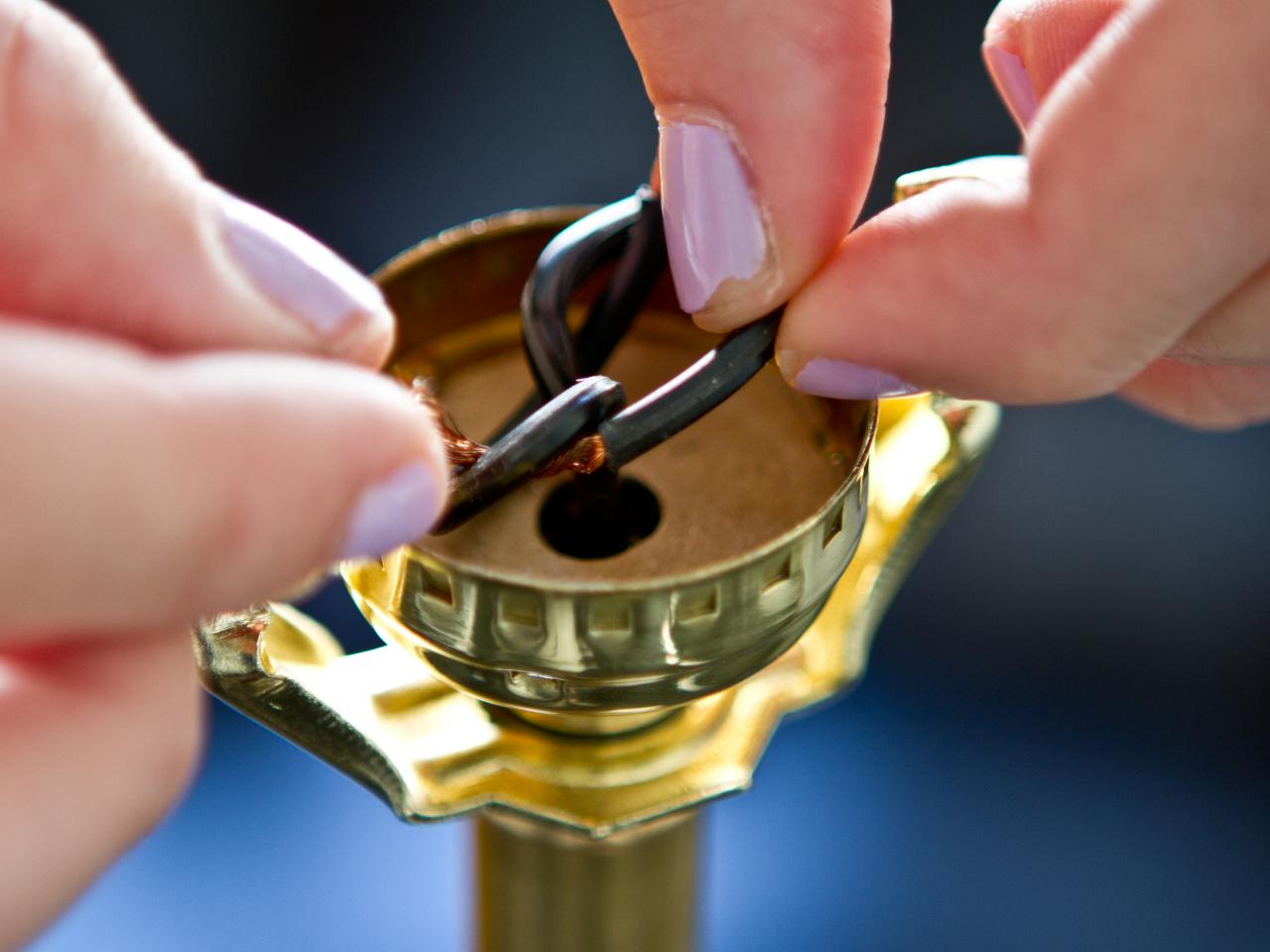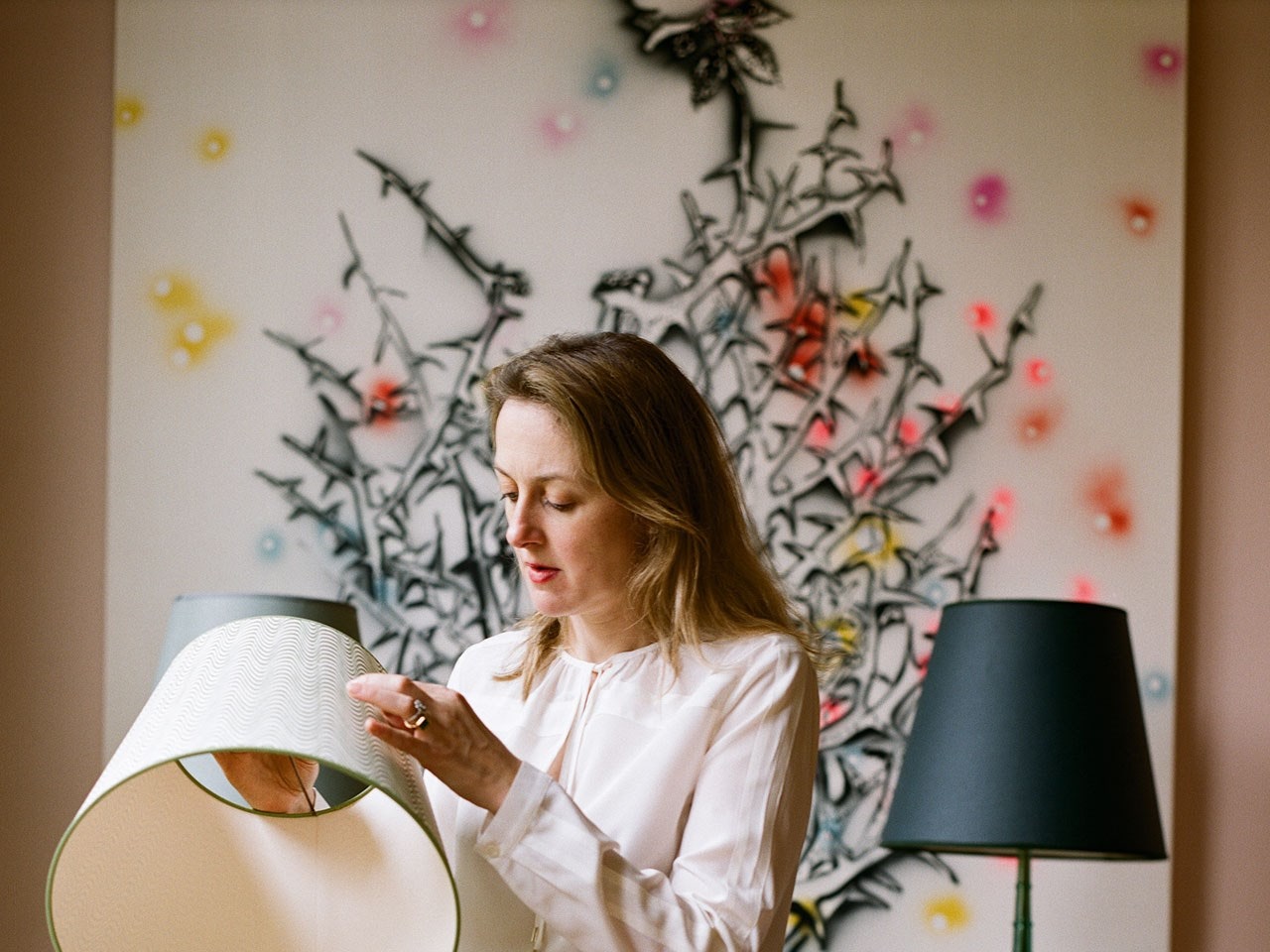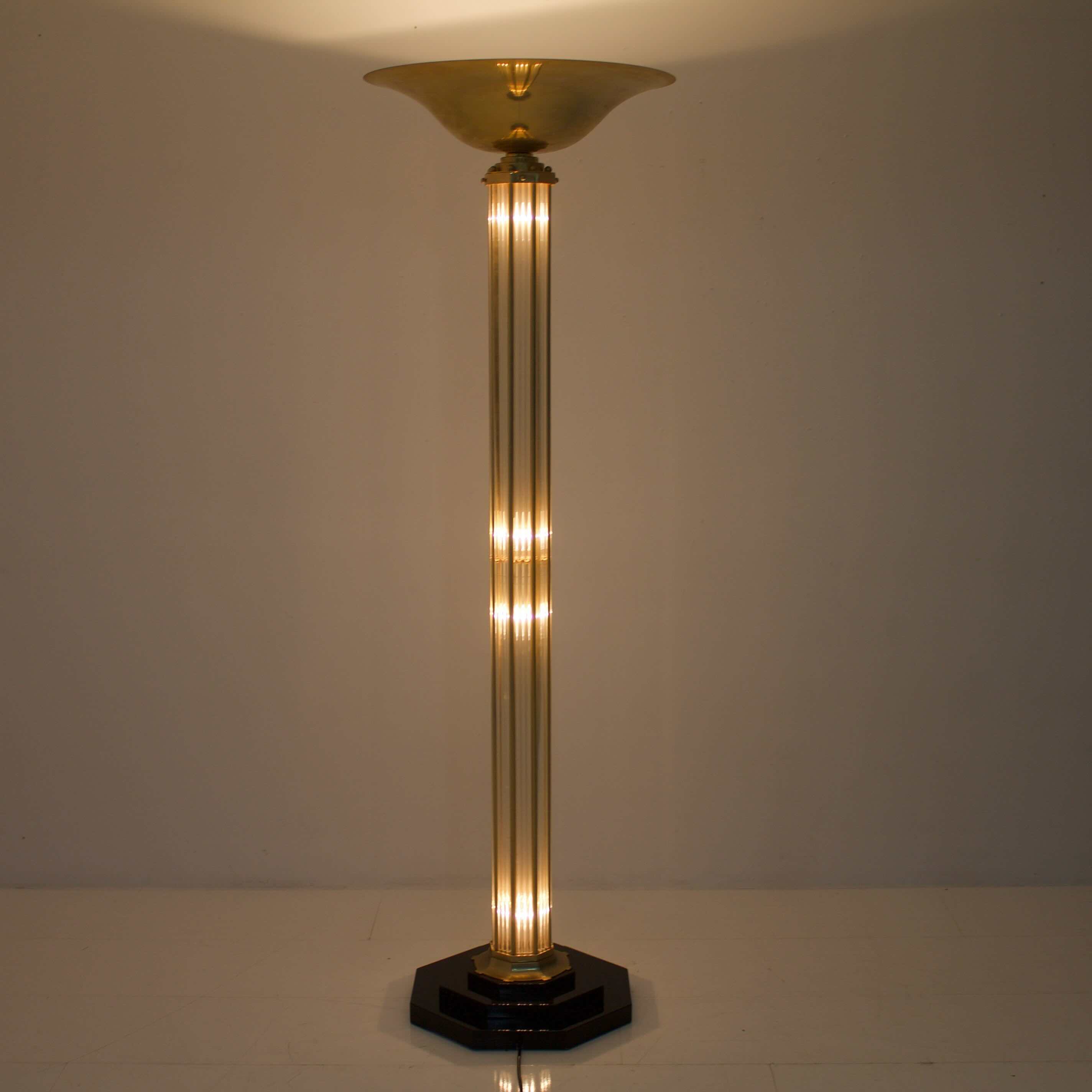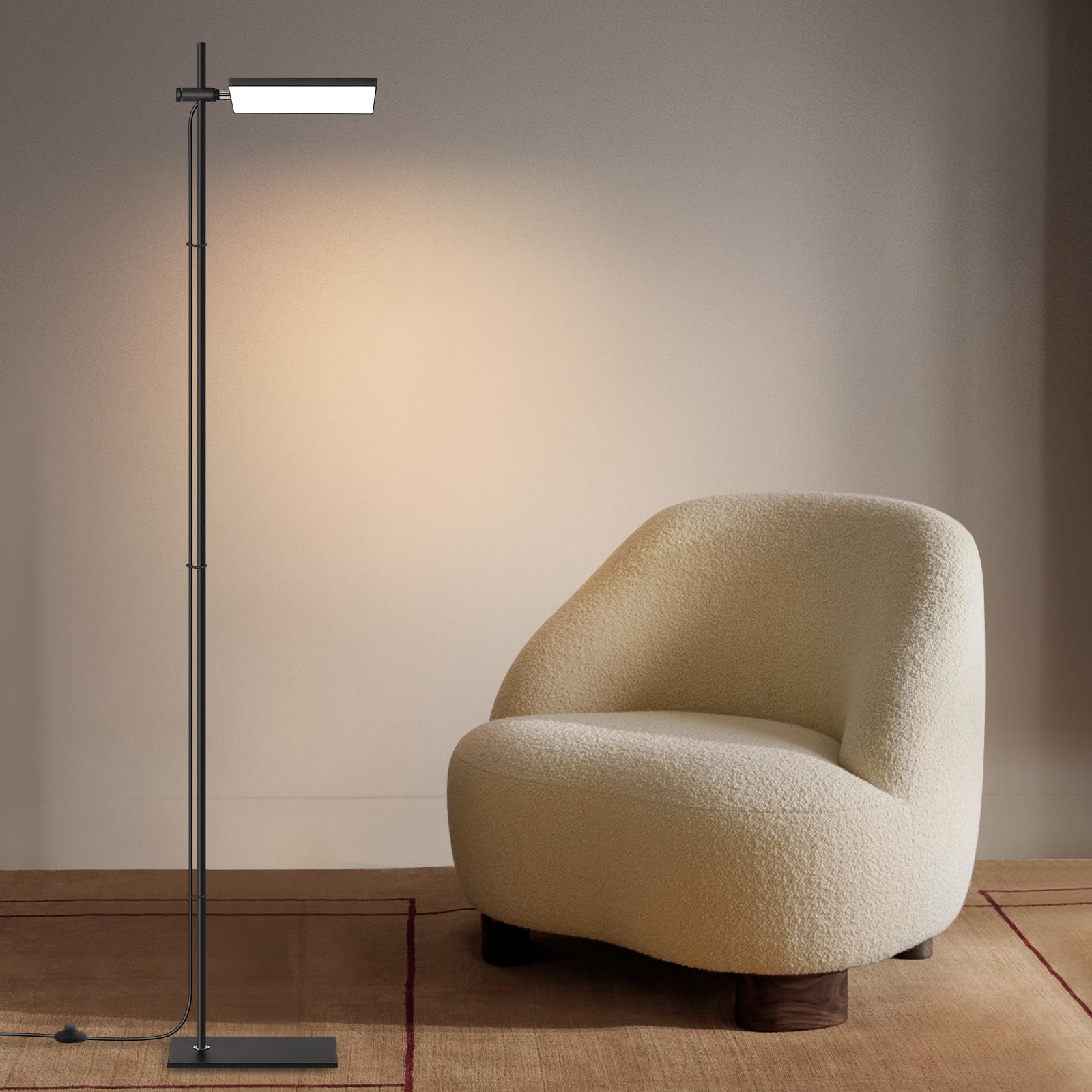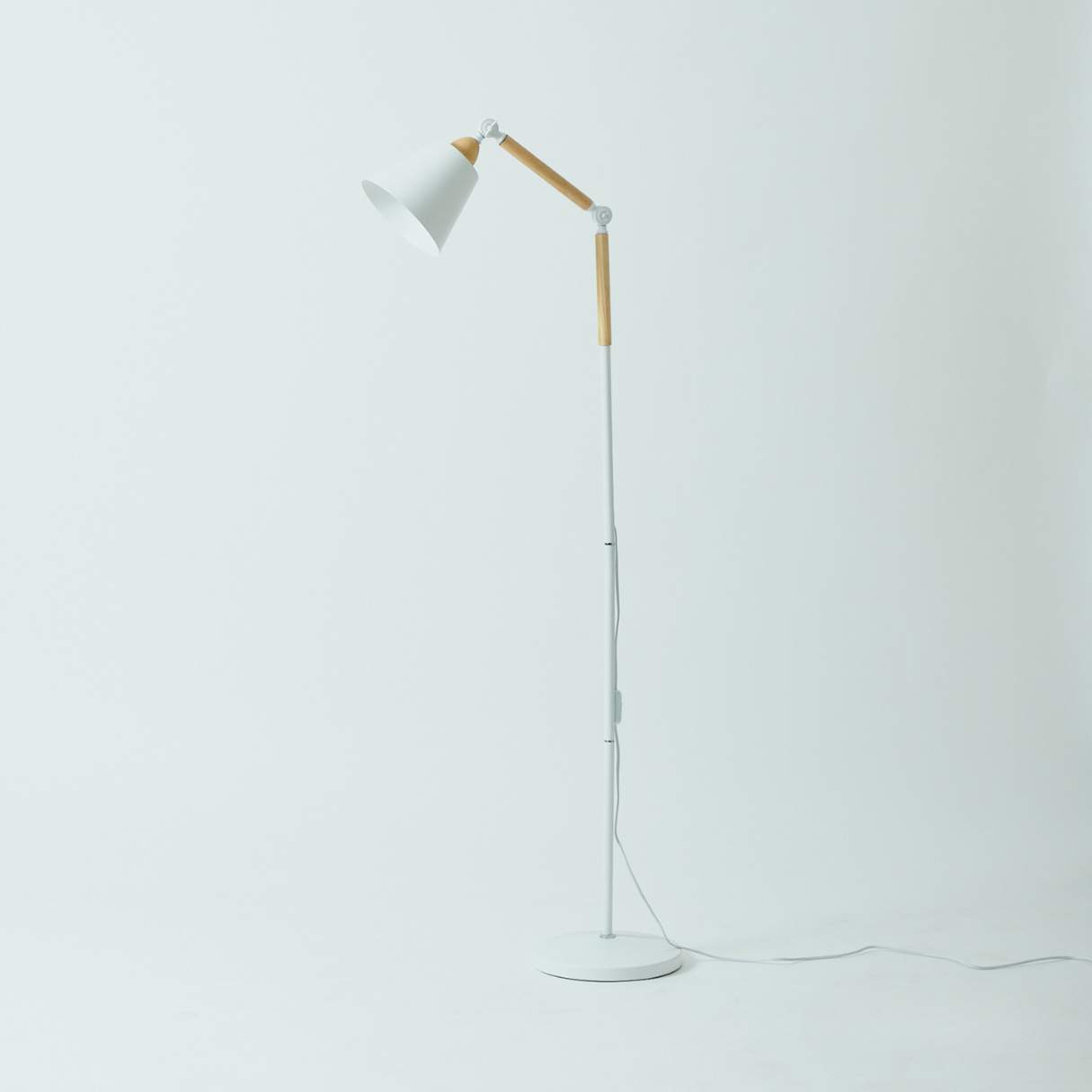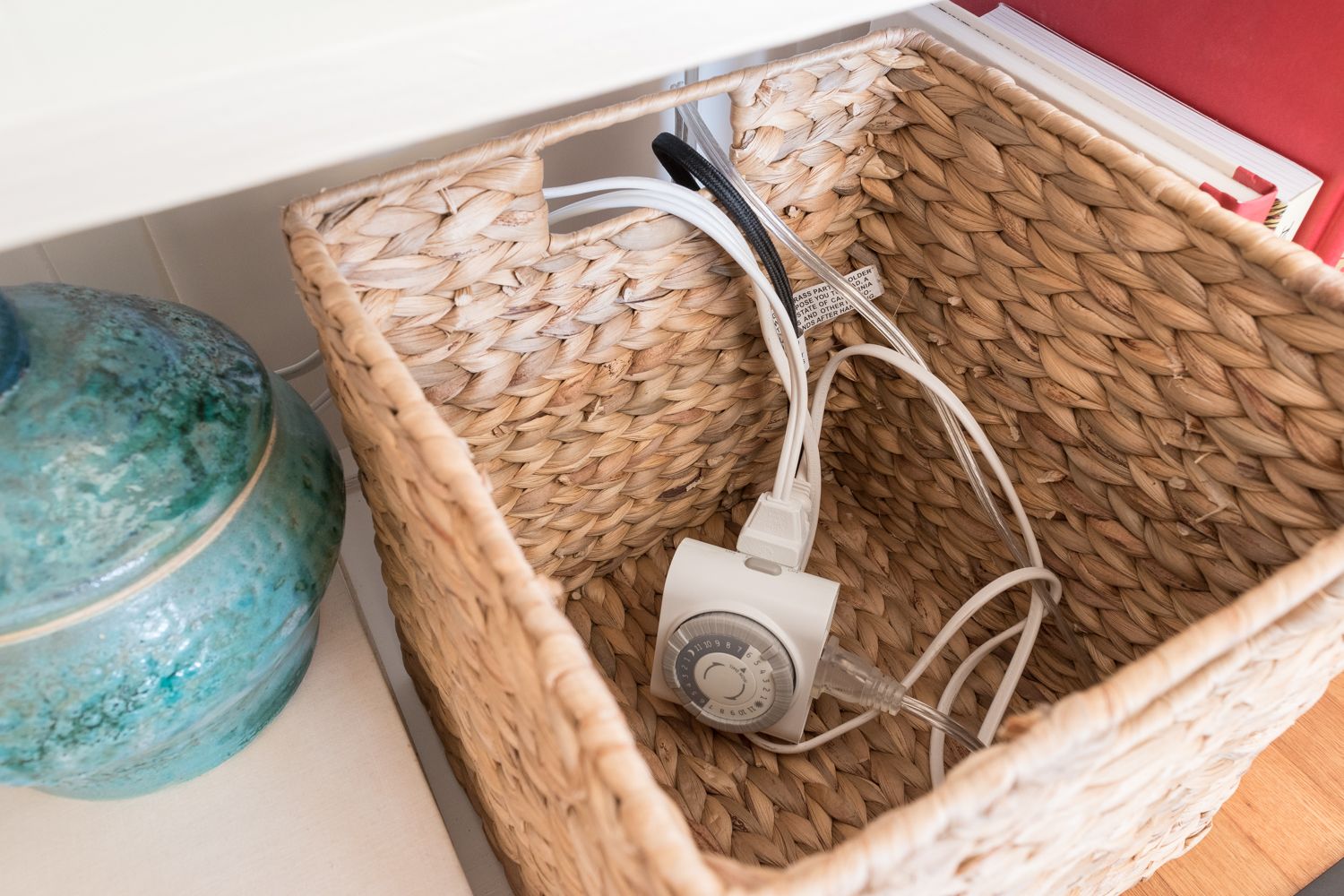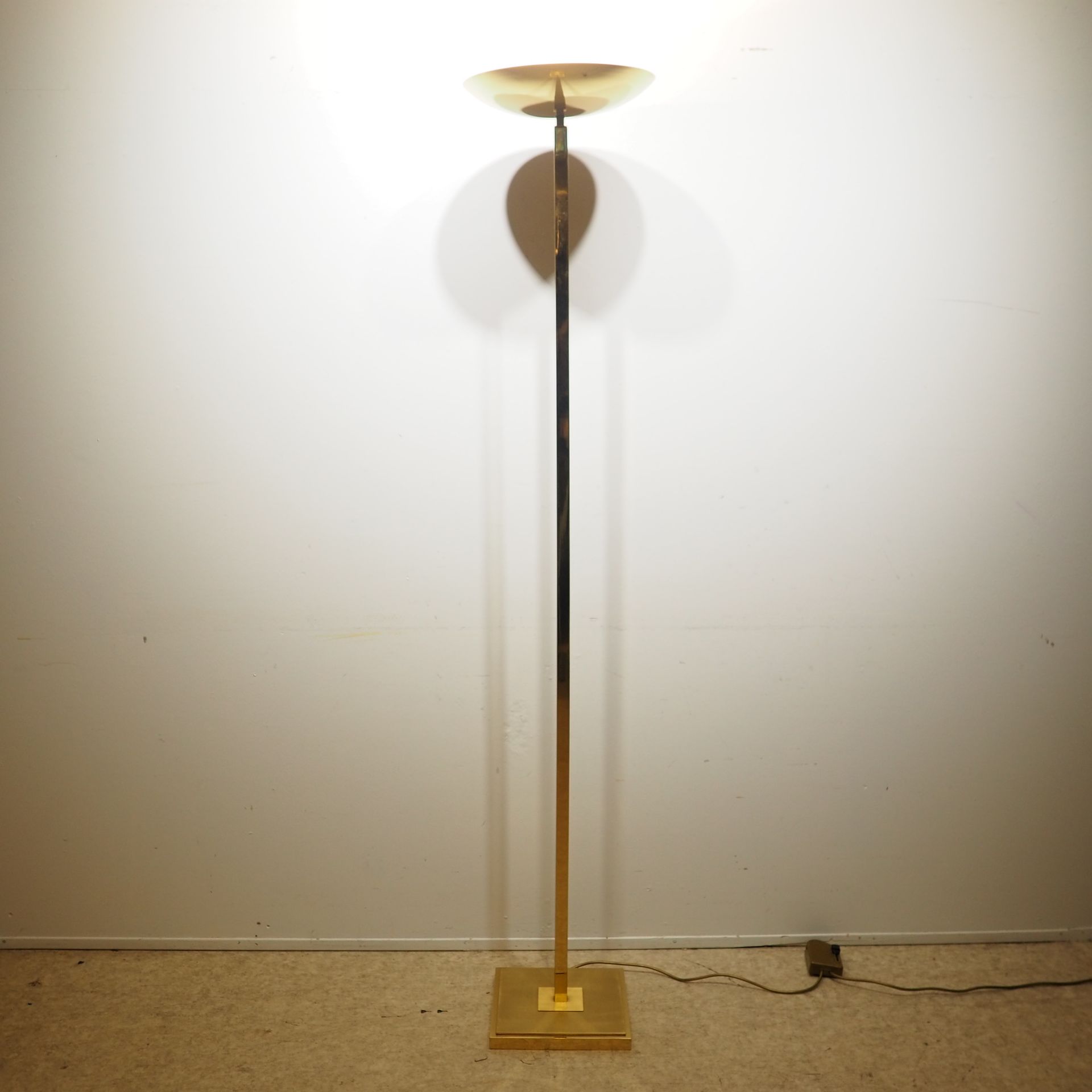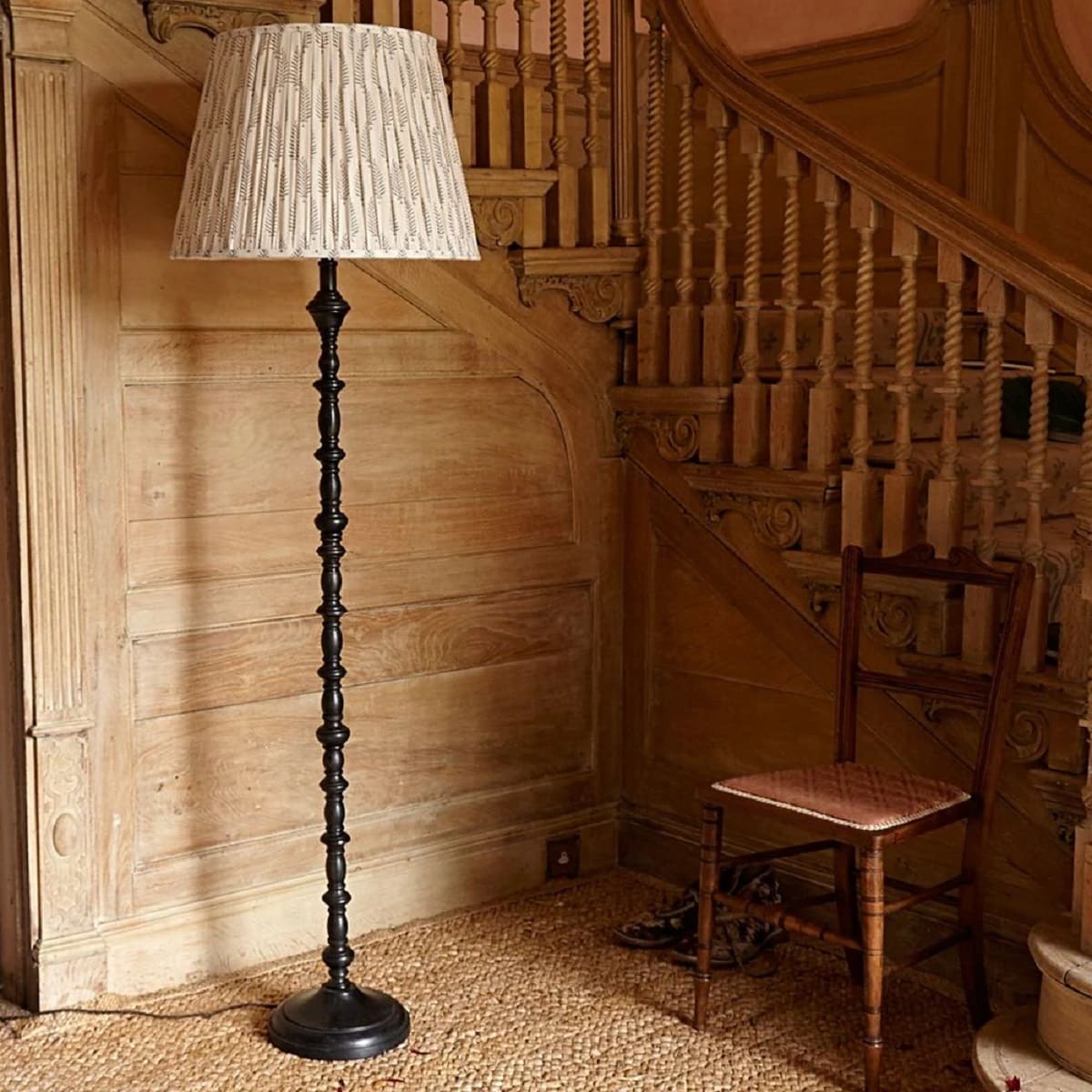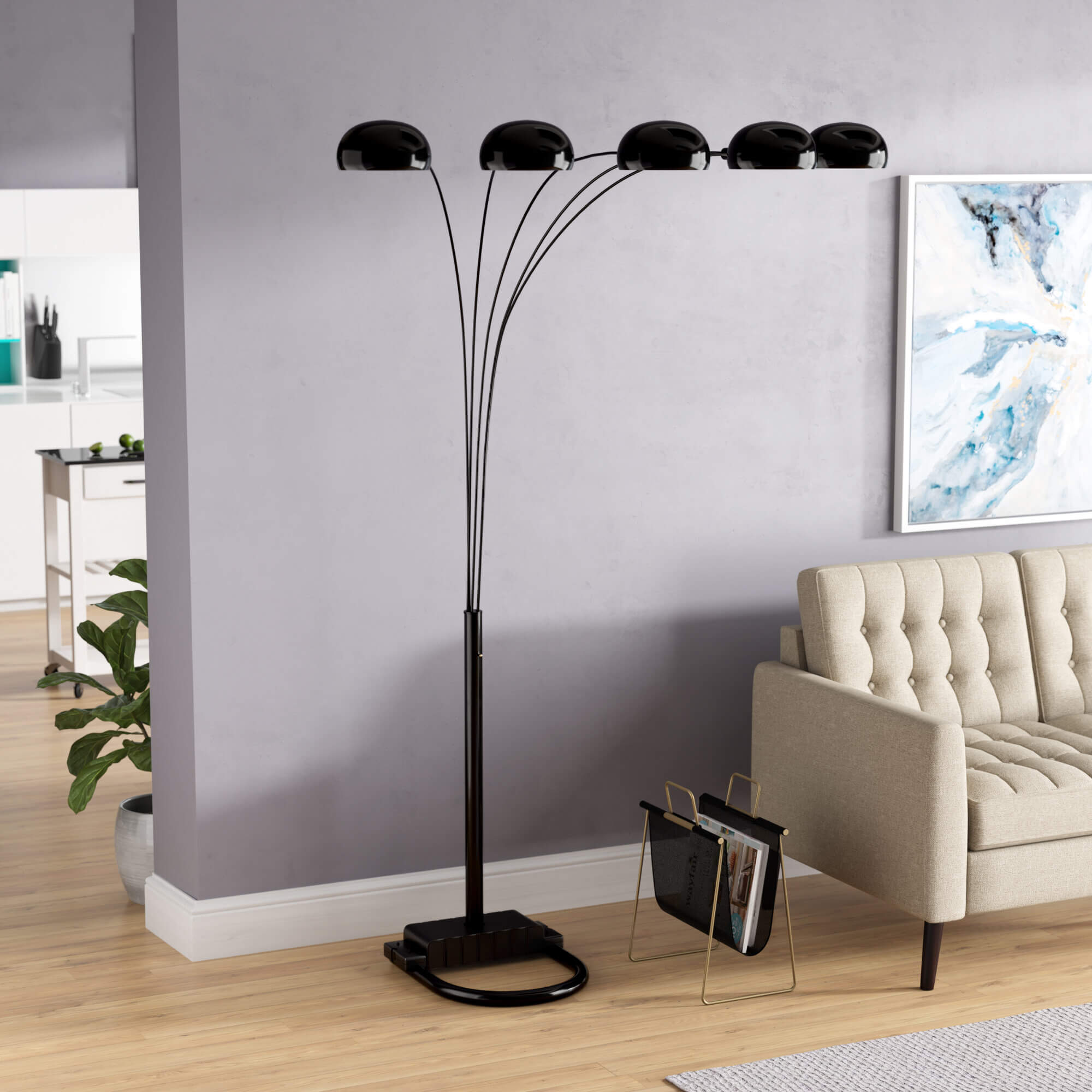

Furniture
How To Choose A Floor Lamp
Modified: January 19, 2024
Looking for the perfect floor lamp to enhance your furniture? Discover our expert tips on how to choose the ideal floor lamp that complements your furnishings.
(Many of the links in this article redirect to a specific reviewed product. Your purchase of these products through affiliate links helps to generate commission for Storables.com, at no extra cost. Learn more)
Introduction
Choosing the right floor lamp for your space can make a significant difference in both the functionality and aesthetic appeal of your home. Floor lamps not only provide additional lighting but also serve as stylish statement pieces that can enhance the overall ambiance of a room. With a wide range of options available, from sleek modern designs to classic vintage styles, finding the perfect floor lamp can seem like a daunting task. However, with a little guidance and consideration, you can easily select a floor lamp that not only matches your decor but also meets your specific lighting needs.
In this article, we will provide you with essential tips and factors to consider when choosing a floor lamp. From determining the purpose of the lamp to evaluating the lighting needs and budget, we will guide you through the decision-making process, enabling you to make an informed and confident choice. Whether you are looking to brighten up a dark corner, add a touch of elegance, or create a cozy atmosphere, our comprehensive guide will help you choose the perfect floor lamp for your home.
Key Takeaways:
- Choose a floor lamp that suits your specific needs, whether it’s for reading, ambient lighting, or accentuating a focal point. Consider the purpose, placement, and height to ensure optimal functionality and visual appeal.
- Assess your lighting needs and budget to find a floor lamp that provides the right level of brightness and style. Consider the material, finish, and lampshade type to create a cohesive and visually pleasing space.
Read more: How To Choose A Lamp
Consider the Purpose
The first step in choosing a floor lamp is to determine its purpose. Ask yourself, “What function do I want the lamp to serve?” Do you need a floor lamp to provide additional reading light next to your favorite armchair or to brighten up a specific area in your room? Identifying the purpose will help you narrow down the options and select a lamp that fulfills your specific needs.
If you are looking for a reading lamp, consider a floor lamp with an adjustable neck or a built-in reading light. These lamps typically have a focused light source that can be directed towards your reading material without disturbing the rest of the room. On the other hand, if you want a floor lamp to serve as ambient lighting, choose a lamp with a diffused shade or a decorative pattern that disperses light evenly throughout the space.
Additionally, you may want a floor lamp to highlight a specific piece of artwork, a plant, or a decorative element in your room. In this case, a spotlight floor lamp with a directional head can be a great choice. It allows you to adjust the angle of the light to showcase your desired focal point and create a beautiful accent in your space.
By considering the purpose of the floor lamp, you will be able to choose a design and functionality that aligns with your specific needs and enhances the functionality of your space.
Determine the Placement
Once you have identified the purpose of your floor lamp, the next step is to determine its placement in the room. The placement of the lamp plays a crucial role in both the functionality and the overall aesthetics of the space.
Consider the area where you want to position the floor lamp. Is it by a reading nook, next to a sofa or armchair, or in a dark corner that needs illumination? Understanding the placement will help you determine the appropriate size, height, and style of the floor lamp that will effectively complement the existing furniture and decor.
It’s important to take into account the scale of the room and the surrounding furniture. A large arc floor lamp, for example, may look stunning in a spacious living room, but it could overwhelm a smaller room or clash with the furniture if not properly proportioned. On the other hand, a small tripod floor lamp may get lost in a large area and fail to provide the desired lighting impact.
Another aspect to consider when determining the placement is the proximity to electrical outlets. Make sure there is a nearby electrical source that can accommodate the floor lamp’s cord length. It’s also worth considering if you prefer a floor lamp with a built-in switch or one that requires a separate switch, which may impact the convenience of turning the lamp on and off.
Overall, by carefully considering the placement of your floor lamp, you can ensure that it not only complements the existing layout and style of the room but also provides the desired lighting effects and functionality.
Choose the Right Height
Choosing the right height for your floor lamp is essential to ensure optimal lighting and proper visual balance in your space. The height of the lamp will depend on its intended use and the location where it will be placed.
For reading purposes, it is recommended to choose a floor lamp that stands between 58 to 64 inches tall. This height allows the light to be directed towards the reading material without causing any visual discomfort or shadows. Adjustable floor lamps are also a great option as they provide flexibility in positioning the light at the desired height.
If you are looking for a floor lamp to illuminate a specific area or provide ambient lighting, consider the overall height of the lamp and how it relates to the surrounding furniture. Ideally, the lamp should be tall enough to distribute light evenly and create a harmonious visual balance with the rest of the room. A general guideline is to choose a floor lamp that stands between 5 to 6 feet tall, but you can adjust this based on your personal preference and the layout of the space.
However, keep in mind that the height of the lamp should not obstruct the view or obstruct movement within the room. Pay attention to any low-hanging fixtures or ceilings that could affect the placement of the lamp. It’s also essential to consider the height of the lampshade if you opt for a floor lamp with a closed shade rather than an open design.
Ultimately, choosing the right height for your floor lamp involves striking a balance between functionality and aesthetics. Taking into account the purpose, location, and surrounding elements will help you determine the ideal height that enhances both the lighting and the overall visual appeal of your space.
Select the Ideal Style
The style of your floor lamp plays a significant role in setting the overall ambiance and aesthetic appeal of your room. When selecting the ideal style, it’s important to consider the existing decor, the overall theme of the room, and your personal preferences.
If you have a modern or contemporary interior, you may opt for a sleek and minimalistic floor lamp design. These lamps often feature clean lines, metallic finishes, and abstract shapes. They blend seamlessly into modern spaces, adding a touch of sophistication and elegance.
For a more traditional or classic decor, you can choose floor lamps with ornate details, intricate patterns, and warm finishes like brass or bronze. These lamps can become stunning focal points in a room, evoking a sense of timeless beauty and elegance.
If your style is more eclectic or bohemian, consider floor lamps with unique shapes, vibrant colors, or unconventional materials. These lamps can add personality and a playful touch to your space.
Additionally, consider the lampshade style when selecting the ideal floor lamp. A traditional lampshade with fabric material can create a soft, diffused light, while a metal or glass shade can provide a more focused and dramatic effect. Tapered drum shades are versatile and work well in various decor styles, while bell-shaped shades add a classic touch.
Ultimately, choose a floor lamp style that not only complements your overall decor but also reflects your personal taste and enhances the desired atmosphere in your room.
When choosing a floor lamp, consider the height and style of the lamp in relation to the room. A taller lamp works well in a room with high ceilings, while a shorter lamp is better for a cozy space.
Read more: How To Choose A Salt Lamp
Assess the Lighting Needs
Before selecting a floor lamp, it’s crucial to assess your lighting needs and determine the level of brightness required in your space. Understanding the lighting requirements will help you choose a lamp with the appropriate bulb wattage and type to create the desired ambiance.
Consider the primary function of the floor lamp. Do you need it to provide task lighting for activities such as reading or working? Or do you want it to serve as ambient lighting to create a cozy and inviting atmosphere? Determining the lighting function will guide you in selecting the right type of bulb.
For task lighting, choose a floor lamp with a higher wattage, such as an LED bulb or a halogen bulb. These bulbs typically provide focused and bright light, making it easier to engage in detailed tasks. LED bulbs are energy-efficient and have a longer lifespan, while halogen bulbs offer a bright, white light that closely resembles natural daylight.
For ambient lighting, you can choose a floor lamp with a lower wattage or a dimmable feature. This allows you to adjust the brightness according to your mood and create a warm and relaxing atmosphere. In this case, incandescent bulbs or warm white LED bulbs can provide a soft and inviting glow.
It’s also important to consider the placement of the floor lamp and the coverage area it needs to illuminate. A floor lamp with multiple bulbs or adjustable arms can provide flexibility in directing the light where it is needed the most.
Furthermore, consider the color temperature of the bulbs. Opt for warmer hues, around 2700-3000K, for a cozy and intimate feel. Cooler temperatures, around 4000-5000K, are suitable for spaces where clarity and visibility are important, such as offices or workspaces.
By carefully assessing your lighting needs, you can choose a floor lamp that not only provides the appropriate level of brightness but also enhances the desired ambiance in your space.
Decide on the Lampshade Type
The type of lampshade you choose for your floor lamp has a significant impact on the overall aesthetics and lighting effects. Lampshades come in various shapes, sizes, and materials, each offering a unique style and diffusion of light. Consider the following factors when deciding on the lampshade type:
1. Shape: Lampshades come in different shapes, such as drum, cone, bell, empire, or rectangular. The choice of shape depends on the style you want to achieve and the level of light diffusion you prefer. Drum shades offer a modern and sleek look and provide even lighting. Cone shades direct light downwards, making them ideal for task lighting or accenting specific areas. Bell-shaped shades exude a classic and timeless appeal, while rectangular shades can be a contemporary choice for a unique look.
2. Material: Lampshades can be made of various materials, including fabric, paper, glass, or metal. Fabric shades are versatile and can complement different decor styles. They provide a soft, diffused light and are available in a wide range of colors and patterns. Paper shades offer a warm glow and can create a cozy and intimate atmosphere. Glass shades provide a more focused and direct light, and they can add a touch of elegance and sophistication. Metal shades are often used in industrial or modern designs and can create dramatic light patterns.
3. Transparency: Consider whether you want a lampshade that is opaque, semi-transparent, or transparent. Opaque shades provide a softer, diffused light, while semi-transparent or transparent shades allow more light to pass through, creating a brighter and more direct illumination.
4. Size and Proportions: Ensure that the size and proportions of the lampshade are suitable for your floor lamp. A shade that is too large or small can disrupt the balance and visual harmony of the lamp. Consider the height and width of the lampshade in relation to the lamp’s base and the overall size of the room.
Ultimately, choosing the right lampshade type involves considering the style, lighting effects, and proportions of your floor lamp. Take time to explore different options and select a lampshade that enhances the overall aesthetic appeal and lighting dynamics of your space.
Consider the Material and Finish
The material and finish of your floor lamp play a crucial role in determining its durability, aesthetics, and overall quality. Consider the following factors when choosing the material and finish:
1. Metal: Metal is a popular material choice for floor lamps due to its durability and versatility. Common metal finishes include stainless steel, brass, bronze, and chrome. Stainless steel provides a sleek and modern look, while brass and bronze offer a more traditional and elegant appeal. Chrome finishes tend to have a reflective and polished look, adding a contemporary touch to the lamp.
2. Wood: Wood is a natural and timeless material that can add warmth and character to your floor lamp. Different wood finishes, such as oak, walnut, or mahogany, offer different tones and textures, allowing you to match the lamp with your existing furniture and decor style.
3. Glass: Glass can provide a touch of sophistication and elegance to your floor lamp. Clear glass allows the light to shine through unobstructed, while frosted or stained glass can create a diffused and artistic lighting effect. Glass lamps are available in various shapes and designs, enabling you to find the perfect match for your space.
4. Fabric: Fabric materials, such as silk, linen, or cotton, are often used for lampshades. However, some floor lamps also incorporate fabric elements in their overall design. Consider the color, texture, and pattern of the fabric to ensure it complements your room’s decor and adds a soft and inviting touch.
5. Other Materials: Floor lamps can also be made from unconventional materials such as bamboo, rattan, or acrylic. These materials can add a unique and striking element to your lamp, making it a standout piece in your space. Consider the durability and maintenance requirements of these materials before making a decision.
When choosing the material and finish, think about how it will coordinate with the existing furniture and decor in your room. Consider the overall style you want to achieve – whether it’s modern, rustic, traditional, or eclectic – and select a material and finish that best complements your desired aesthetic.
Evaluate the Budget
When selecting a floor lamp, it’s important to evaluate your budget and determine how much you are willing to invest in this lighting fixture. Consider the following factors when evaluating your budget:
1. Quality: Higher quality floor lamps are often made with better materials and have more durable construction. While they may come with a higher price tag, they tend to last longer and provide better overall performance. Evaluate the quality of the materials, the craftsmanship, and the reputation of the manufacturer before making a purchase.
2. Features: Floor lamps vary in terms of features, such as adjustable arms, dimmable options, and built-in shelves or USB ports. Determining which features are essential for your specific needs can help you prioritize and allocate your budget accordingly.
3. Bulbs: Consider the type of bulbs needed for the floor lamp and their associated costs. LED bulbs tend to have a higher upfront cost but are more energy-efficient and have a longer lifespan, which can help save on electricity bills in the long run. Incandescent or halogen bulbs may have lower initial costs but consume more energy and need more frequent replacements.
4. Style: Different styles of floor lamps come with varying price ranges. Statement pieces or designer lamps may be more expensive, while basic or minimalistic designs tend to be more affordable. Decide on the style that matches your preferences and fits within your budget.
5. Warranty and After-Sales Support: Consider the warranty offered by the manufacturer and the availability of after-sales support. A longer warranty period can provide peace of mind, and reliable customer service can help with any issues or concerns that may arise after your purchase.
Remember that a higher price does not always guarantee better quality or functionality. It’s important to research and compare different options within your budget range to find the best value for your money.
By evaluating your budget and considering the factors mentioned above, you can ensure that you make an informed decision and find a floor lamp that meets your needs while staying within your financial constraints.
Read more: How To Choose A Lamp Shade
Conclusion
Choosing the right floor lamp is a decision that can greatly enhance the functionality and aesthetic appeal of your space. By considering factors such as the purpose of the lamp, its placement, height, style, lighting needs, lampshade type, material and finish, as well as evaluating your budget, you can make an informed choice that perfectly suits your needs and preferences.
Understanding the purpose of the floor lamp allows you to select a design that fulfills its intended function, whether it is for reading, ambient lighting, or accentuating a specific area. Determining the placement ensures that the lamp fits seamlessly into your room’s layout and proportions. Choosing the right height ensures optimal lighting and visual balance.
By selecting a style that aligns with your overall decor and personal taste, you can create a cohesive and visually pleasing space. Assessing your lighting needs helps you determine the level of brightness required, and choosing the right lampshade type contributes to the desired lighting effects.
The material and finish of the floor lamp affect its durability and aesthetic appeal, and your budget ultimately determines the range of options available to you. However, even with a limited budget, it is still possible to find a floor lamp that meets your requirements and delivers on both style and functionality.
In conclusion, choosing a floor lamp requires thoughtful consideration of various factors to ensure that it enhances your space both practically and visually. By following these guidelines and taking the time to explore different options, you can find the perfect floor lamp that illuminates your room with style and brings your decor to life.
Frequently Asked Questions about How To Choose A Floor Lamp
Was this page helpful?
At Storables.com, we guarantee accurate and reliable information. Our content, validated by Expert Board Contributors, is crafted following stringent Editorial Policies. We're committed to providing you with well-researched, expert-backed insights for all your informational needs.

